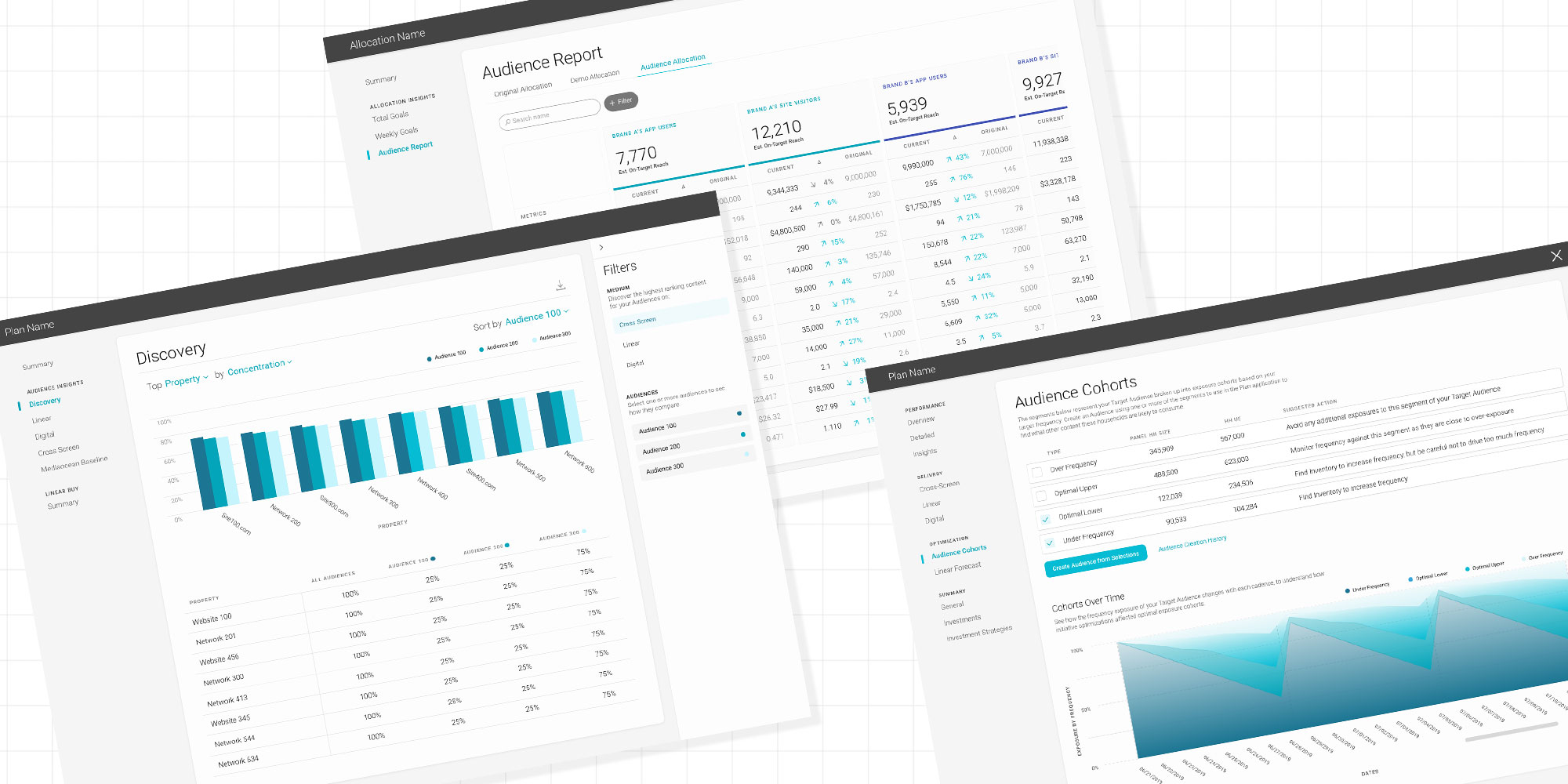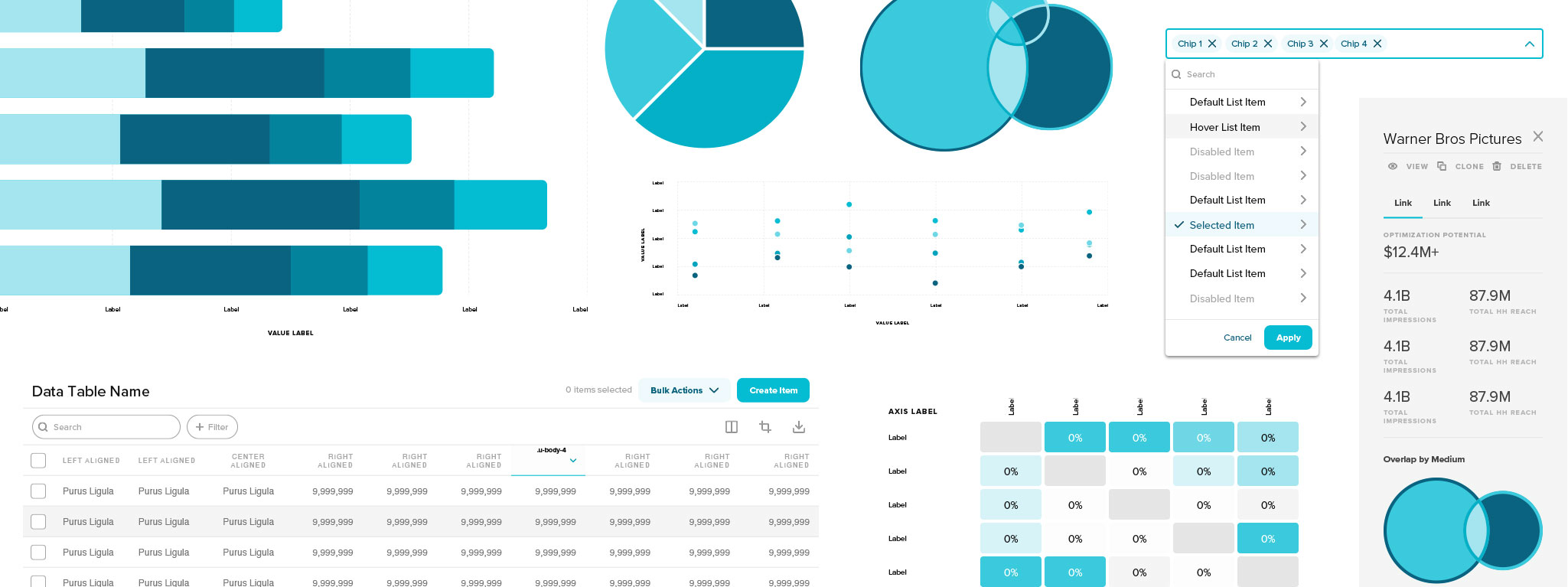The Critique

Creative ideas are fleeting, fragile, beautiful, ephemeral gifts. Because their origins are so mysterious, designers have developed many different processes that help kick-start creativity, making deadlines and pressures from the business a bit more manageable. As designers, our responsibility is to nurture these ideas to fruition with great care, while also satisfying stakeholders and customers.
On the bright side, what designer doesn’t enjoy a challenge! Otherwise known as the critique.
At VideoAmp, whether it’s with other designers, engineers, or stakeholders — designs must pass through a review process. This should be no surprise, creative ideas usually drive the direction for entire engineering and product teams, sometimes even driving the direction for the entire company. It probably goes without saying, but that’s kind of a big deal. From a business standpoint, that’s far too much to throw on one designer.
Cue story time!

(That’s me, I’m a much better singer than I am a writer!)
I’ve played music in bands for almost as long as I can remember — at least 20 years at this point. As a singer and guitarist, I would typically write full songs complete with riffs, lyrics, interludes, drums, bass, effects, etc. The first couple of times I did this, I would sweat every detail of the arrangement. I would rework and iterate on parts until I felt that they were truly perfect. I would go on to record demos of everything just to get all of the elements just right before showing my masterpiece to the rest of the band members, so they could learn their parts. Overflowing with excitement, I rolled up to band practice with my demo, knowing that my bandmates had no idea what kind of straight up fire I was about to bestow on them! My demo was brilliant, they were going to love it, I just knew it!
You can probably guess where this is going… they didn’t love it.
In my naive mind at the time, the only possible explanation for their negative response was that perhaps they weren’t as talented as me. Perhaps they didn’t know what good music was. Perhaps this… perhaps that… perhaps perhaps perhaps…
It took me a few tries before I figured out the issue had nothing to do with them. It had to do with my process, how I presented my creative ideas, but also how I chose to nurture them in the first place. I wasn’t checking in with my team along the way, incorporating their feedback early and often and ensuring we moved forward in a direction that was built on collaborative alignment.
Refining those raw ideas, and developing them to a point of clarity, is where things get difficult. It’s hard to create something from scratch, let alone something as complicated as a set of workflows and interactions in equally complex industries. We forge ahead, designs come together, and as they do, designers have the opportunity to drive towards a successful critique, or a frustrating trip back to the drawing board.
If you’re a design professional, depending on your level of experience, this probably sounds familiar. A product manager, or other stakeholder(s), presents a set of requirements that are meant to drive design. These constraints are energizing, and the creative ideas usually start flowing as the solutions start to come into focus. Refining those raw ideas, and developing them to a point of clarity, is where things get difficult. It’s hard to create something from scratch, let alone something as complicated as a set of workflows and interactions in equally complex industries. We forge ahead, designs come together, and as they do, designers have the opportunity to drive towards a successful critique, or a frustrating trip back to the drawing board.
Deciding when the work is ready for critical discussion is one of the most important decisions in any project. Like the band-guy version of me, you could try dropping a set of ideas on the rest of the group with no prior context. Likely resulting in having those fragile ideas destroyed at the hand of dissenting opinions, ultimately leaving you with no clear direction. Alternatively, when designing is done in a “black box” you’re really just hoping that you’re on the right path. The risk then is that you spend too much time on unproven work, risking delivery against deadlines, or putting unnecessary pressure on other teams further down the development pipeline.
Or, you could try a different, better approach. At VideoAmp, designers try to bring stakeholders and team members along throughout the design process. Designers facilitate working sessions between designers, engineers, product owners, and any other key stakeholders to increase visibility and alignment. Doing this helps to field a variety of ideas, of which, the best make it to the final design stage. Reviewing early and often also helps those with non-design titles to contribute, ultimately giving them a better understanding of how the final solution came to be. It encourages a less painful approach to design, and instead provides the project with tons of direction to explore, iterate on, and eventually validate.
In either case, the critique will still happen prior to final sign off. The outcome will vary depending on the process leading up to the review, but it’s still a vital part of the process. As a designer, it’s important to listen. It’s important to understand what the reviewers are responding to, and to try to clarify differing points of view that can be used to move forward with a stronger design.
But also consider, the designer is the only participant in this process. As the reviewer, it’s important to remember that coming up with creative ideas is difficult. Putting ideas up on the chopping block for others to examine takes bravery, and even though the critique should be about the work itself and not the designer, taking a respectful approach to review is also critical for the success of any project. It’s easy to be critical. It’s easy to tear things apart. It’s very difficult to create something in the first place, and even harder to know how a creative idea should change in order to ultimately receive favor with key stakeholders and customers. Knowing how to direct an outcome, and providing meaningful feedback is the key to success both for a project and for the overall morale of the team. Be wary of an overly critical approach, as it can lead to paralysis analysis, cultivating a culture where it becomes increasingly difficult to try new ideas at all.
Turn the stress of a critique on its head, and have fun with it instead! Bring everyone in on the creative process. Watch as everyone on the team, and potentially the entire company, becomes energized as creativity is nurtured and encouraged!
